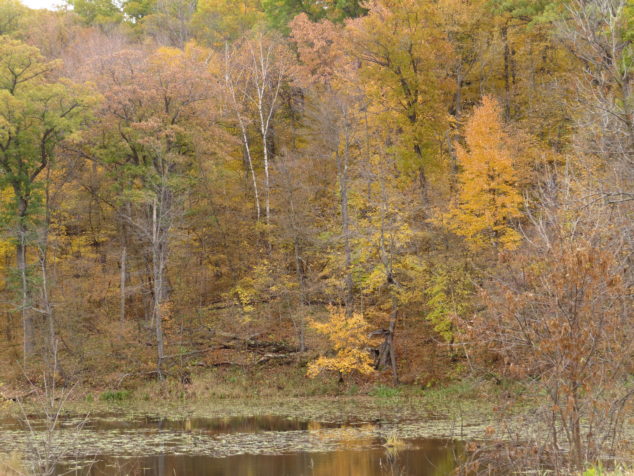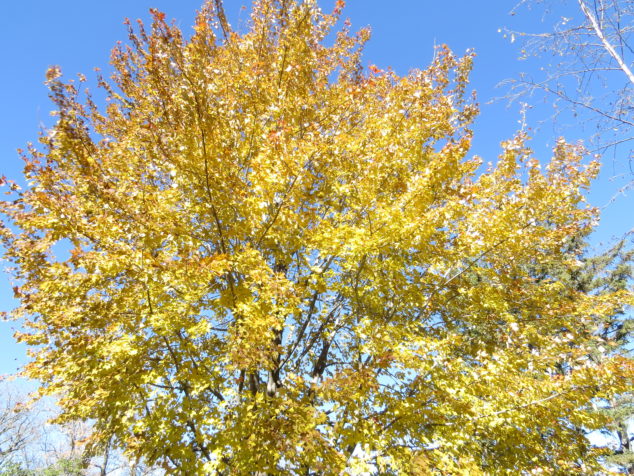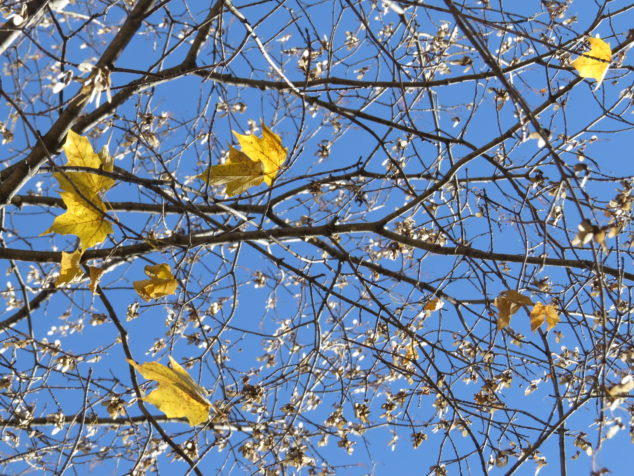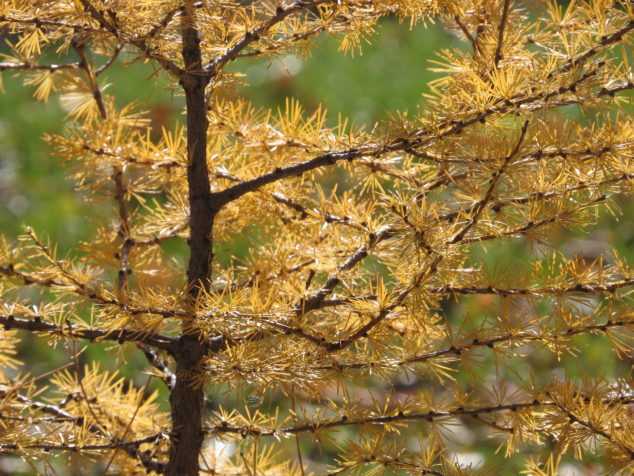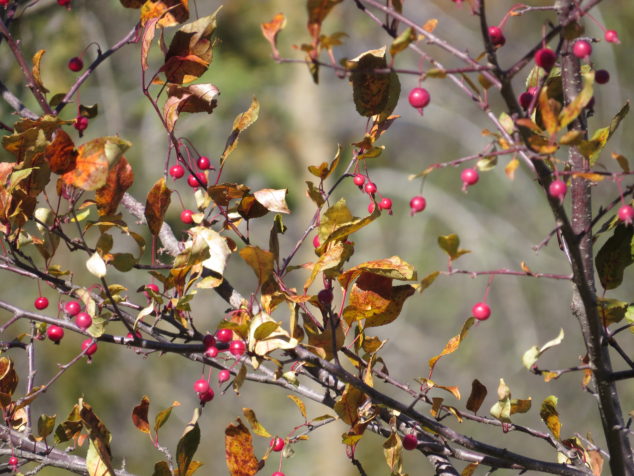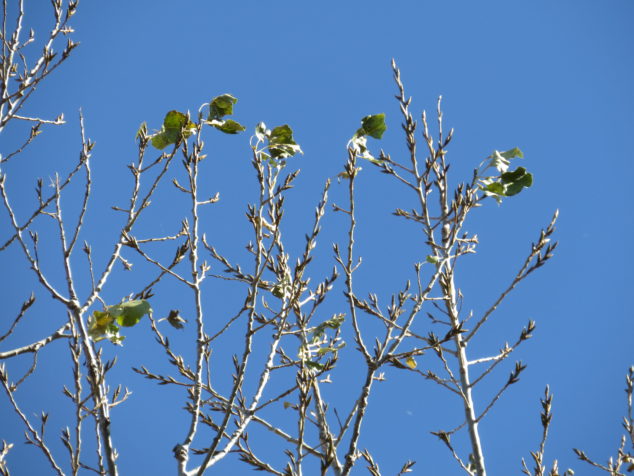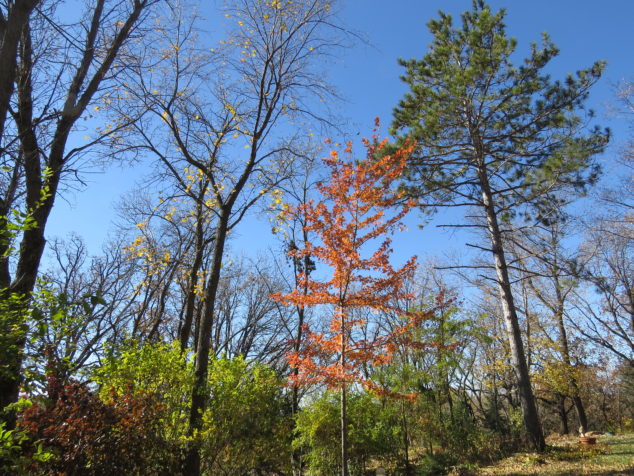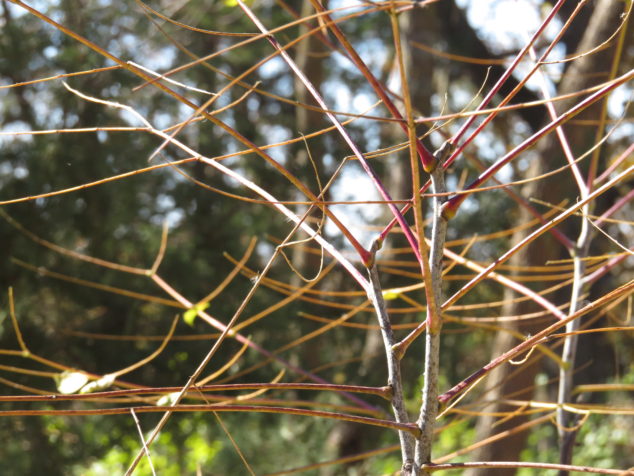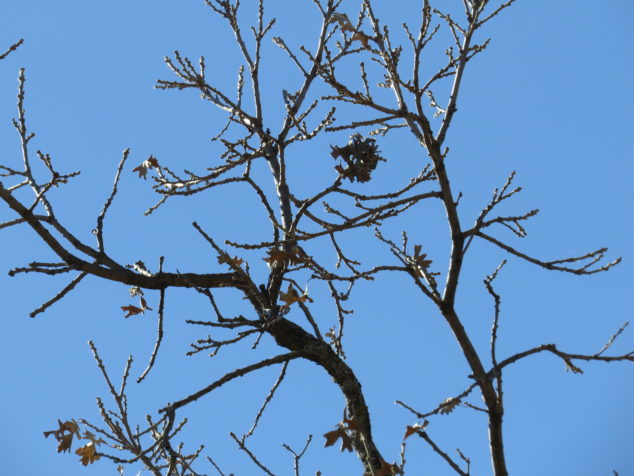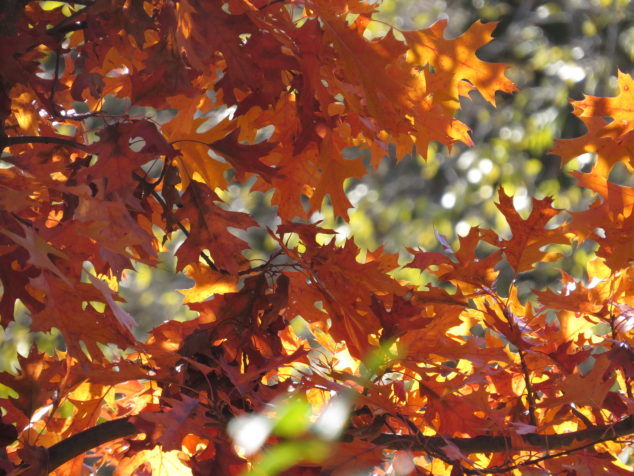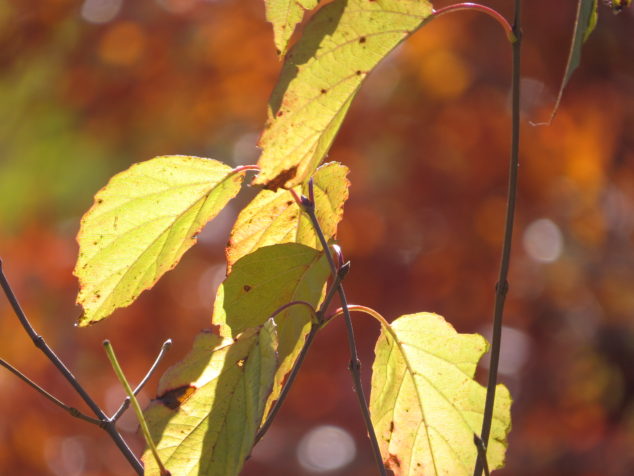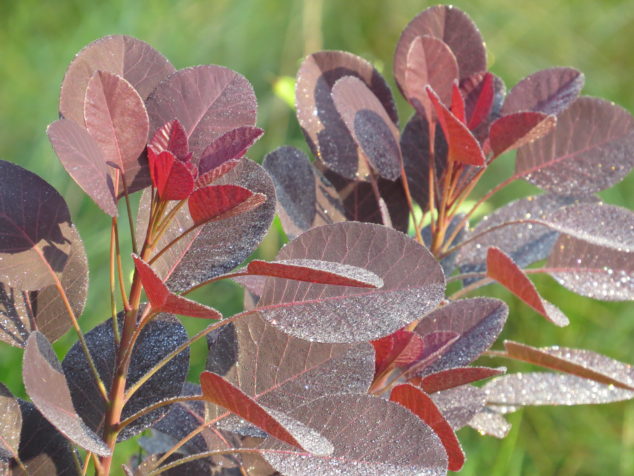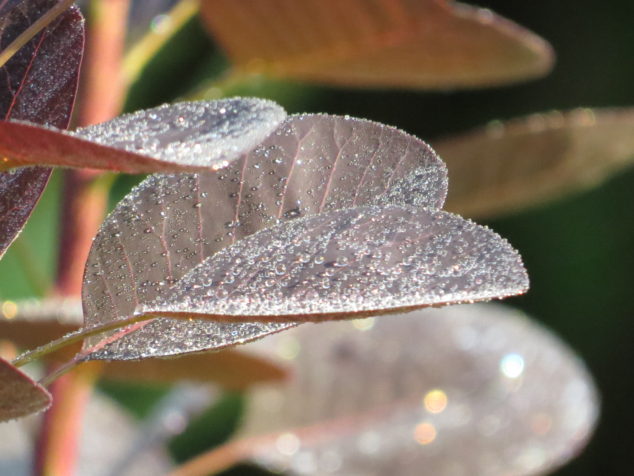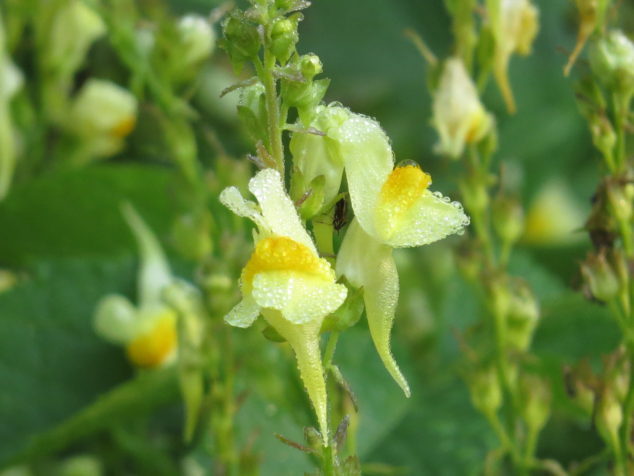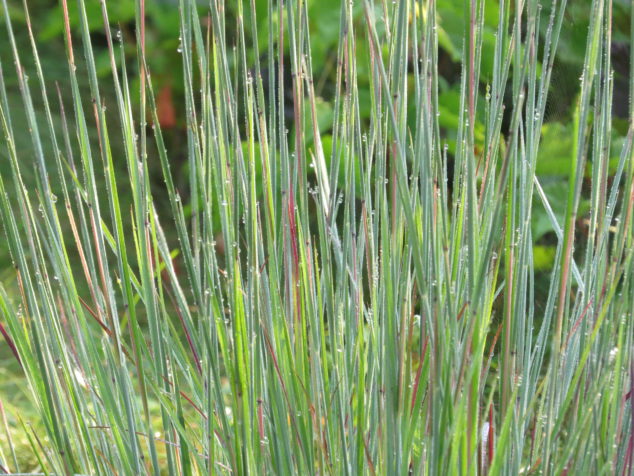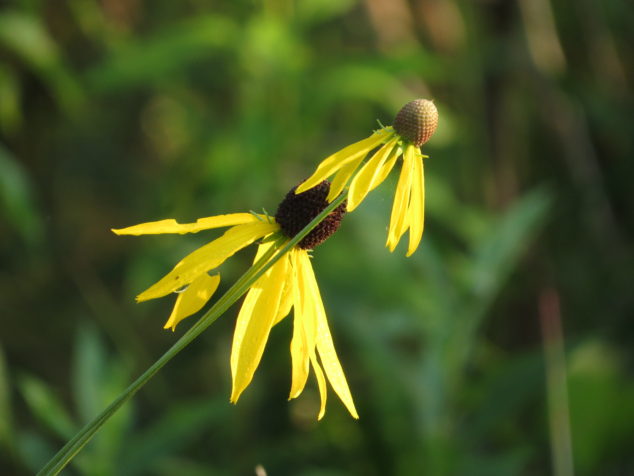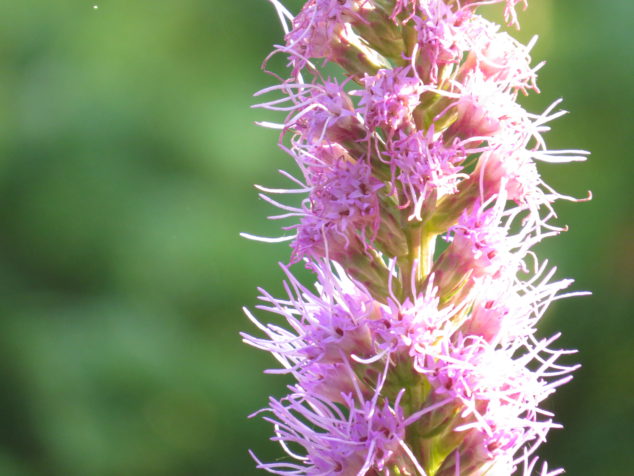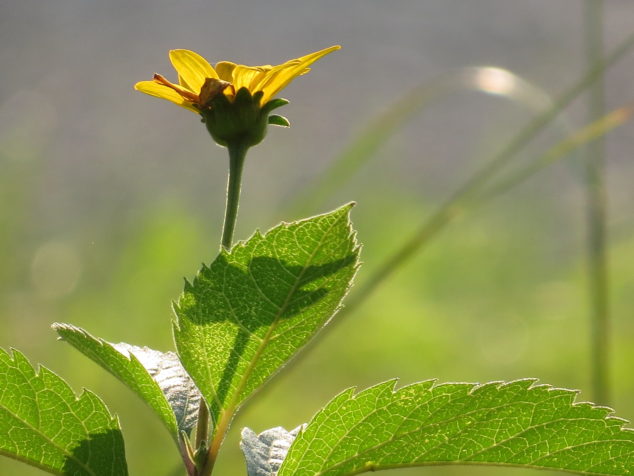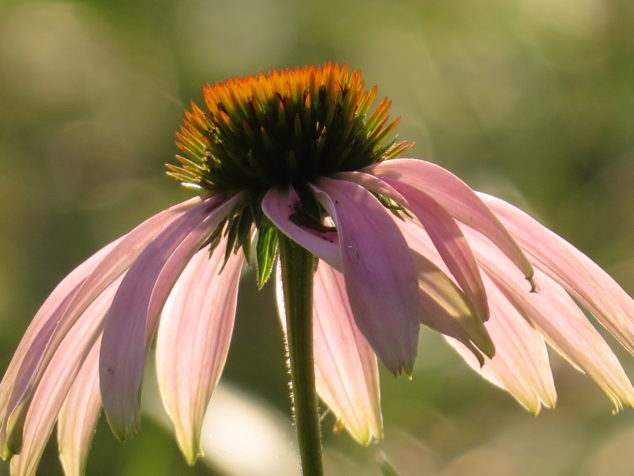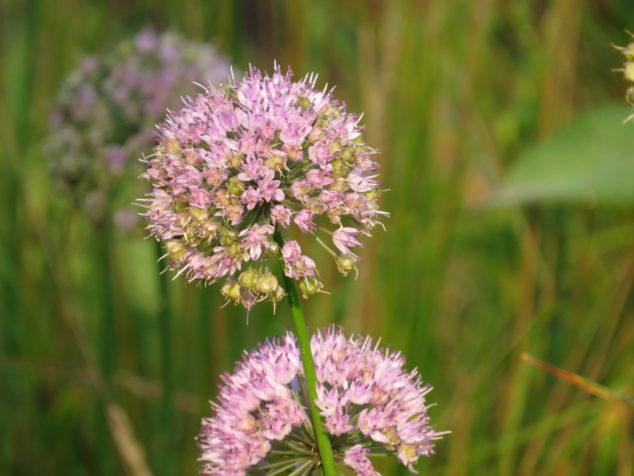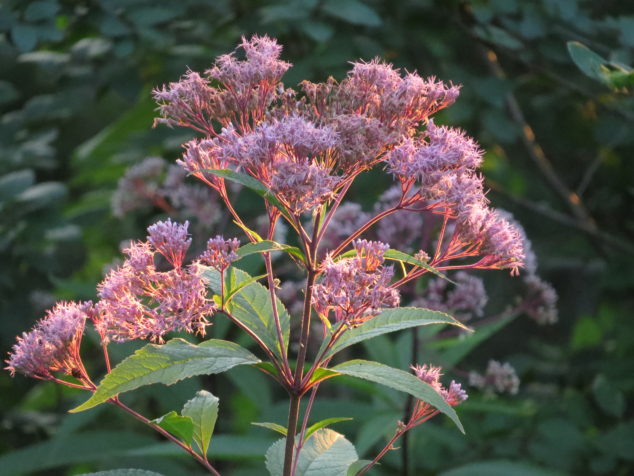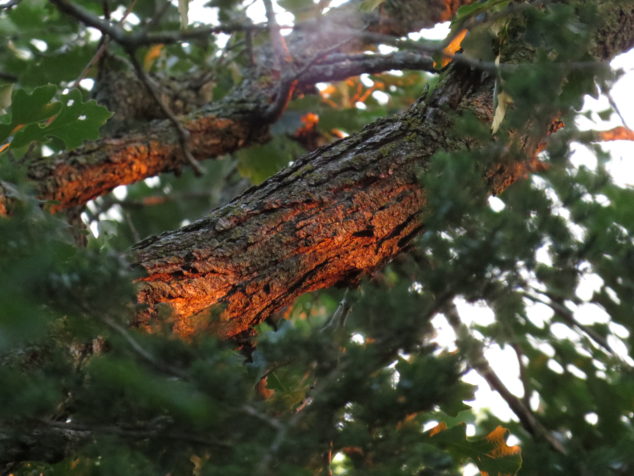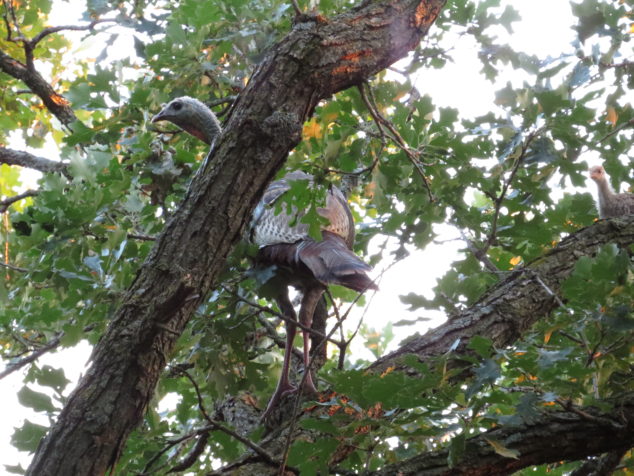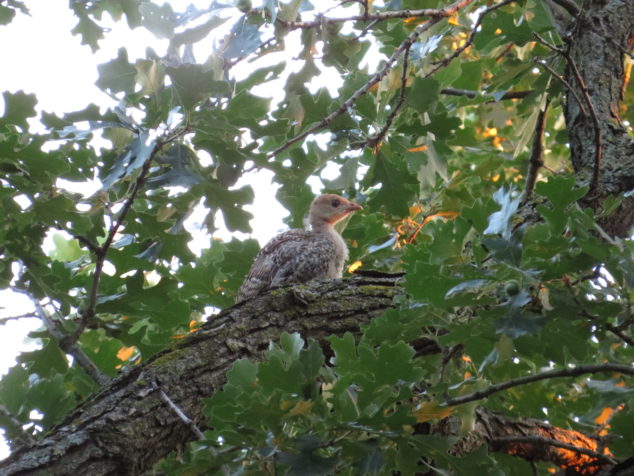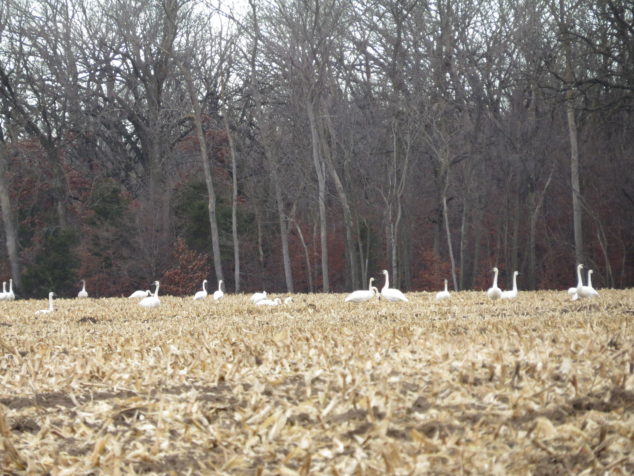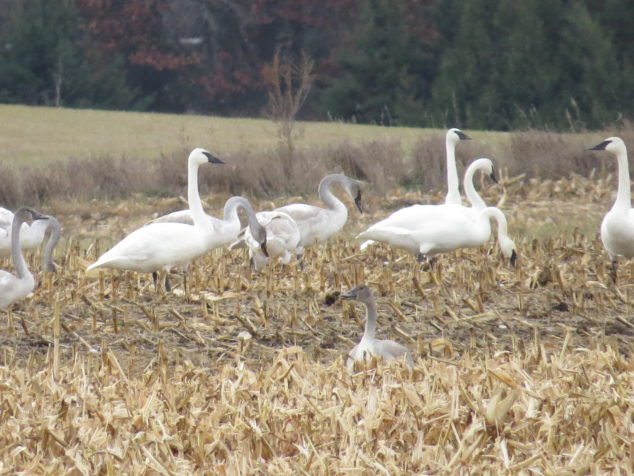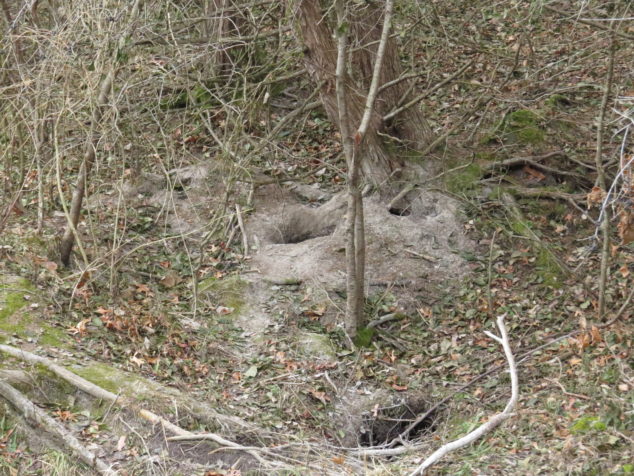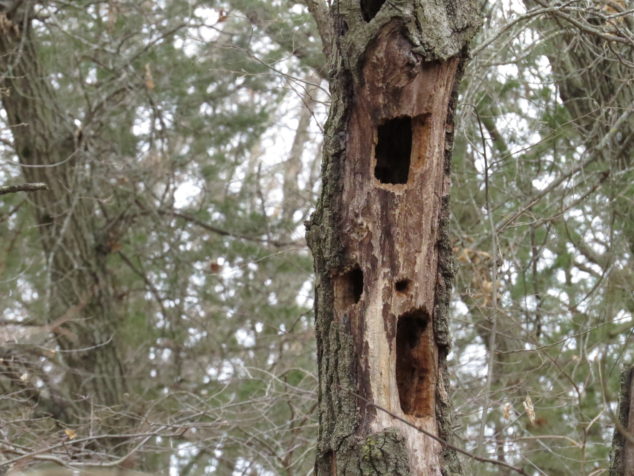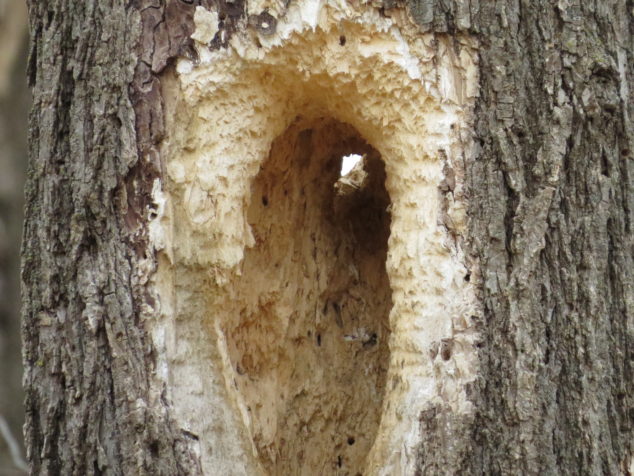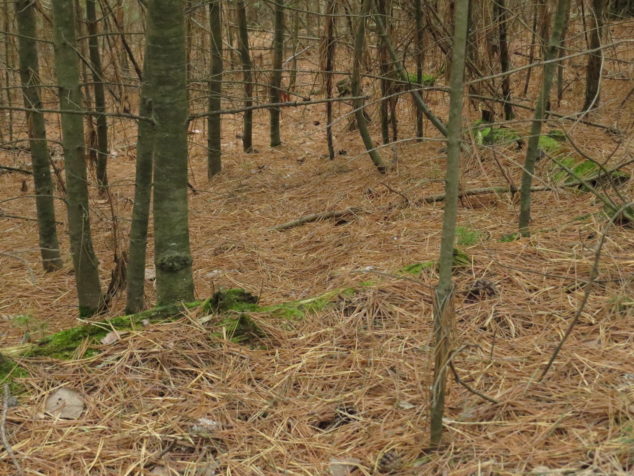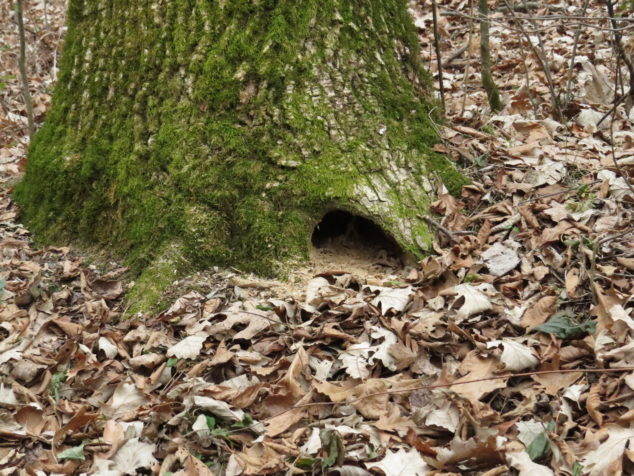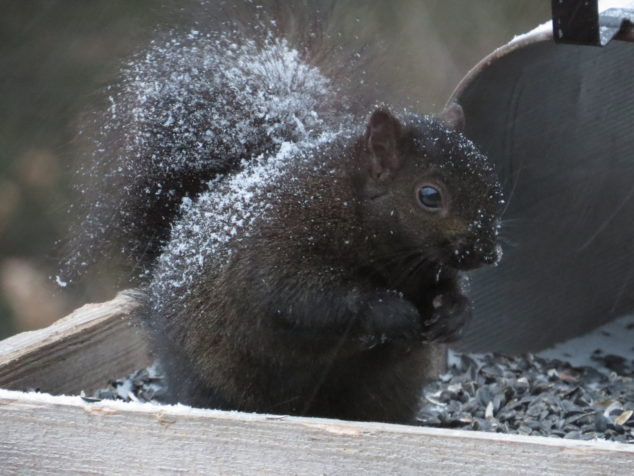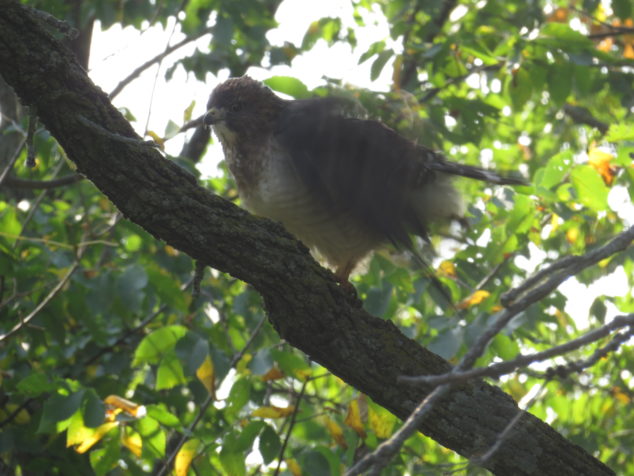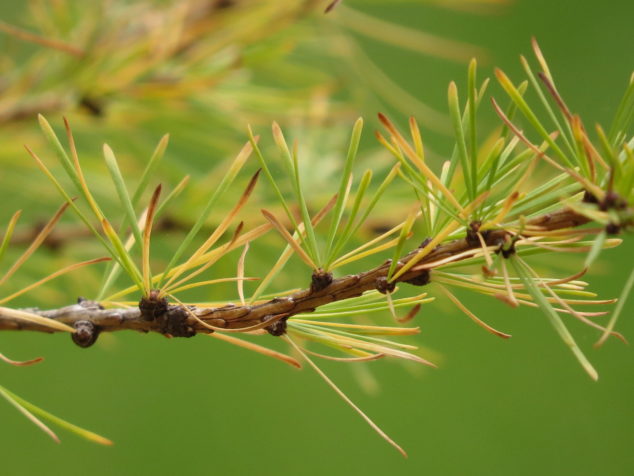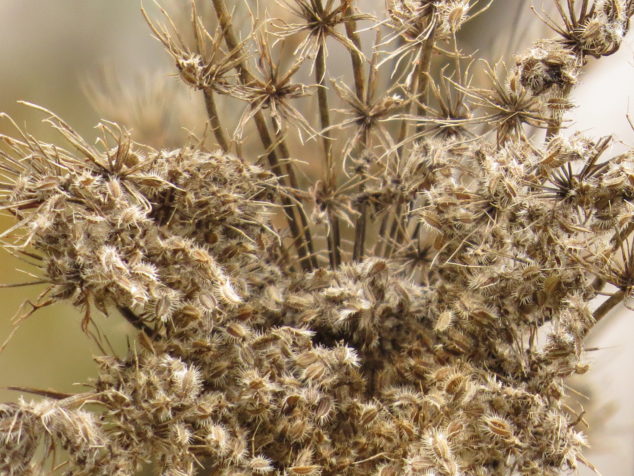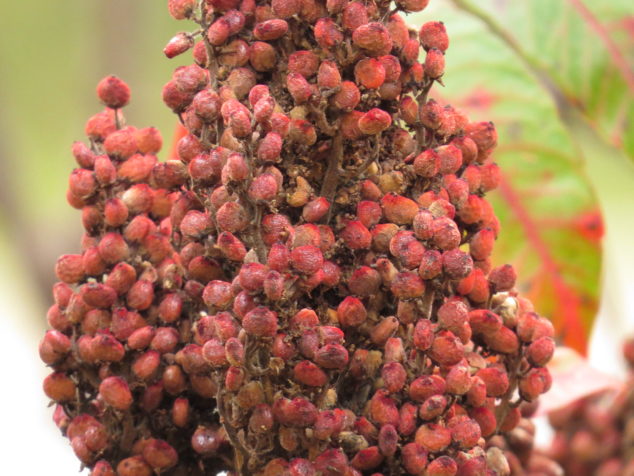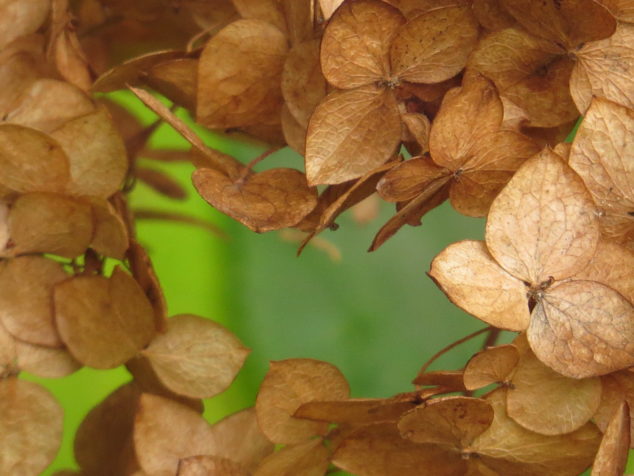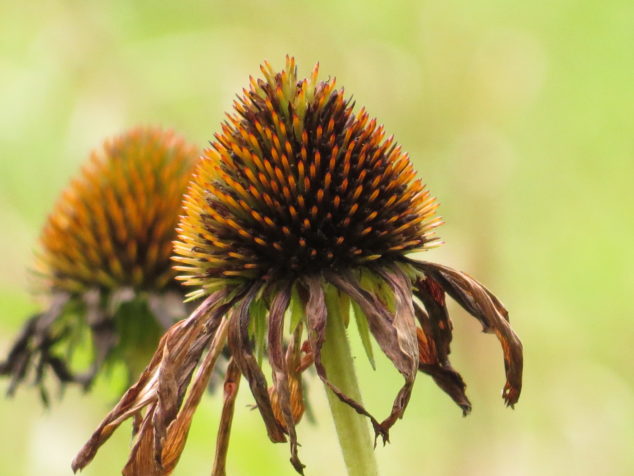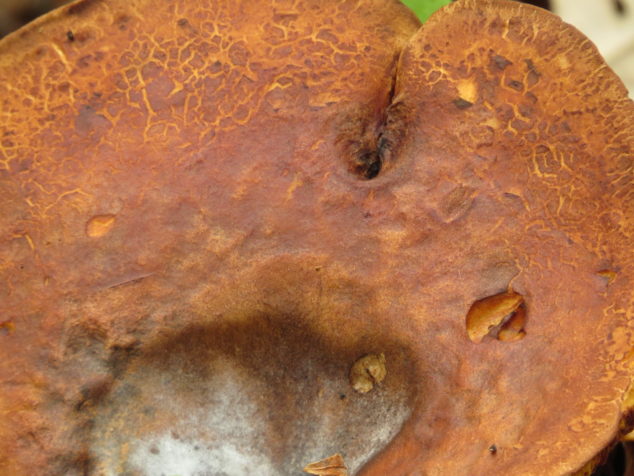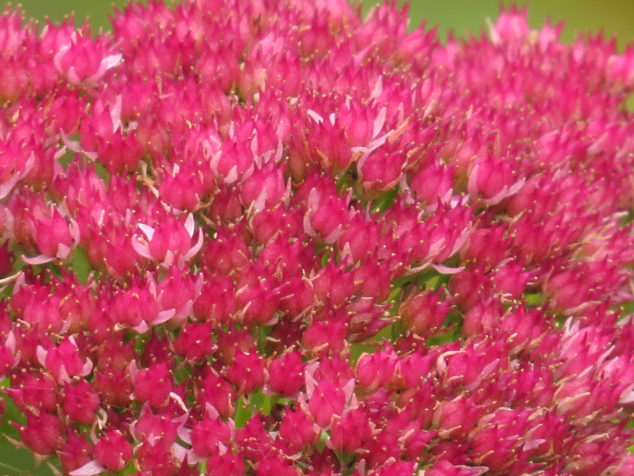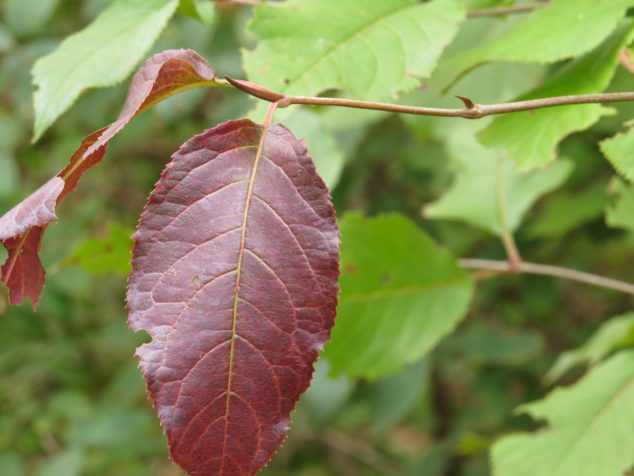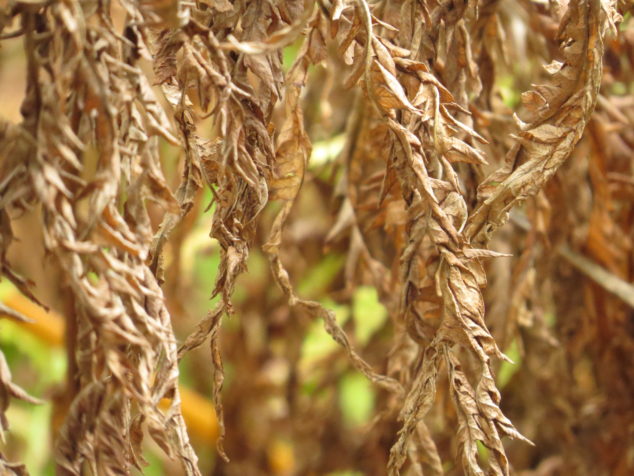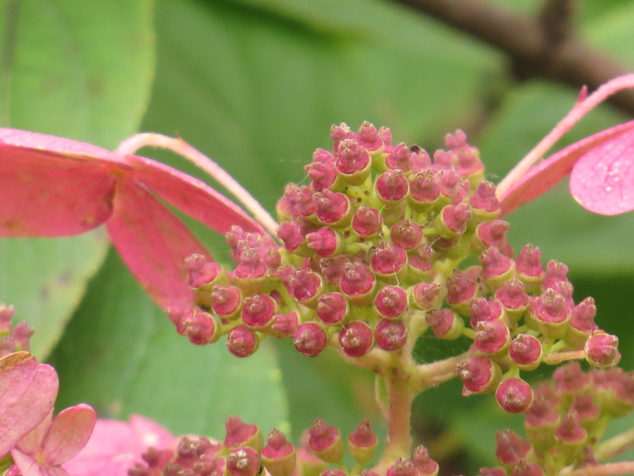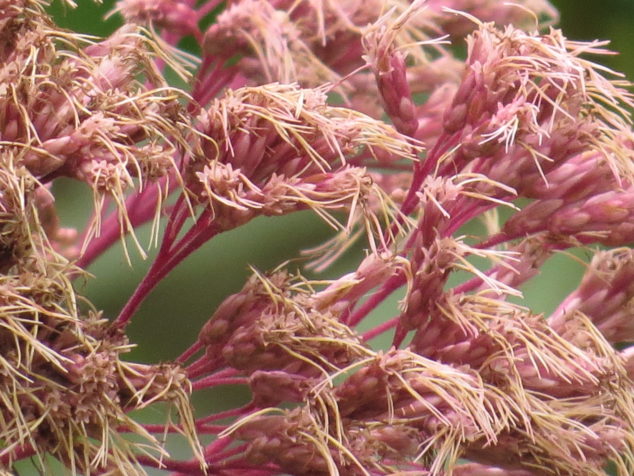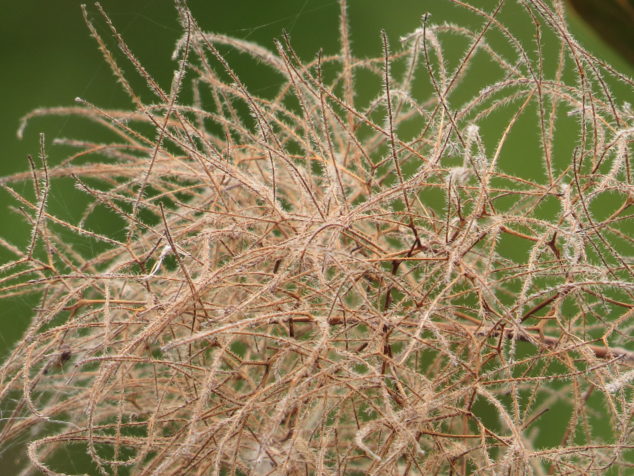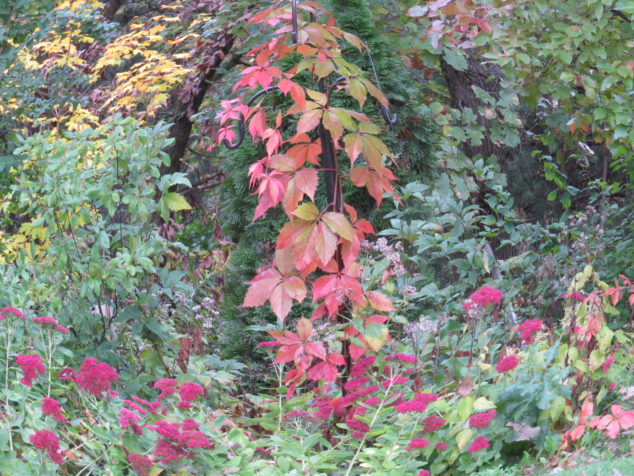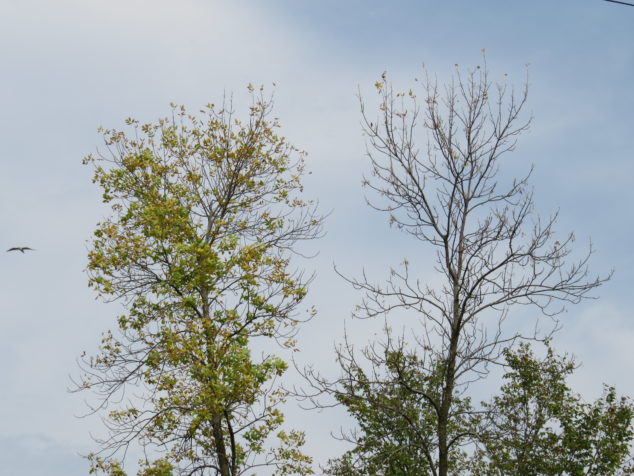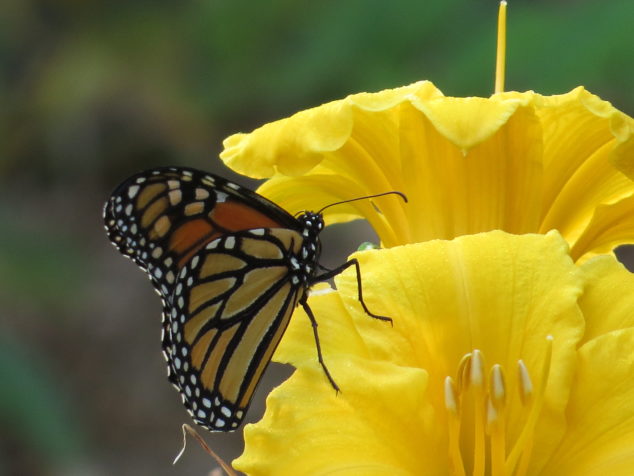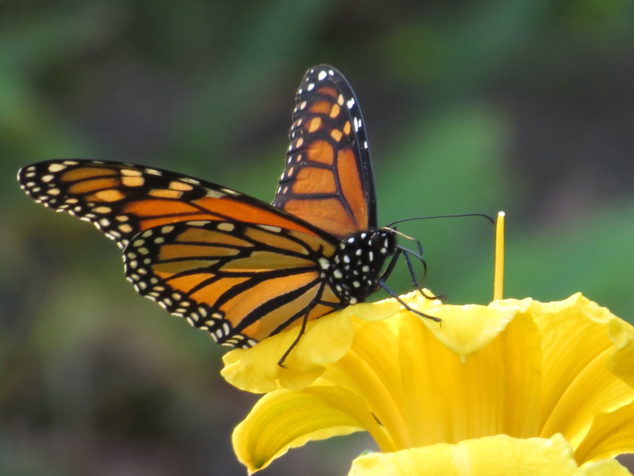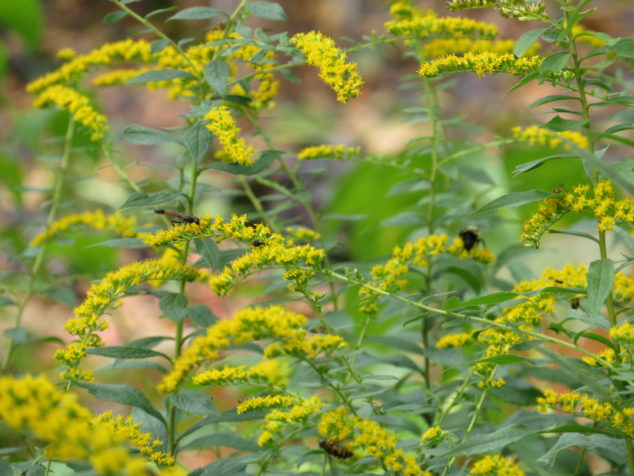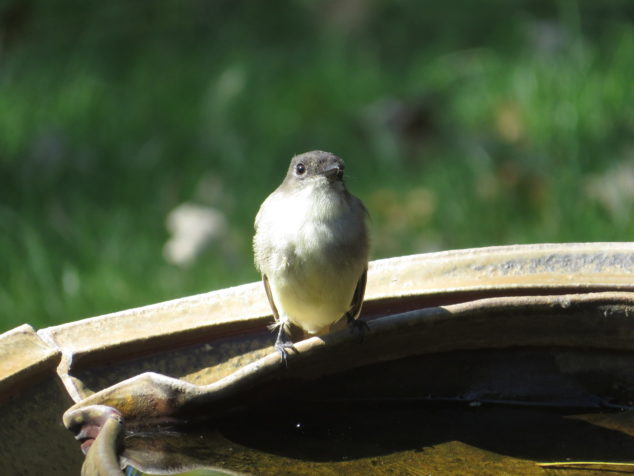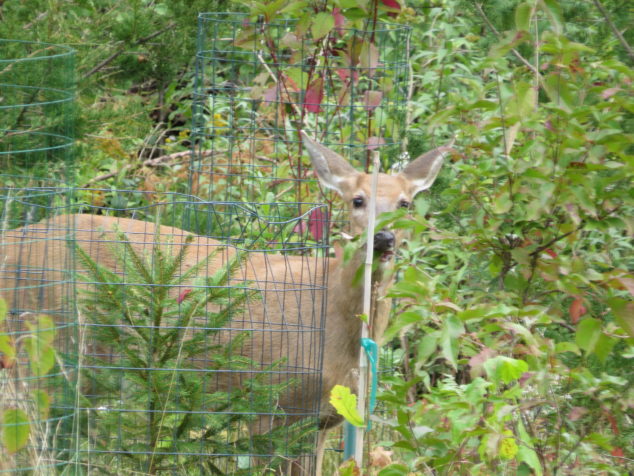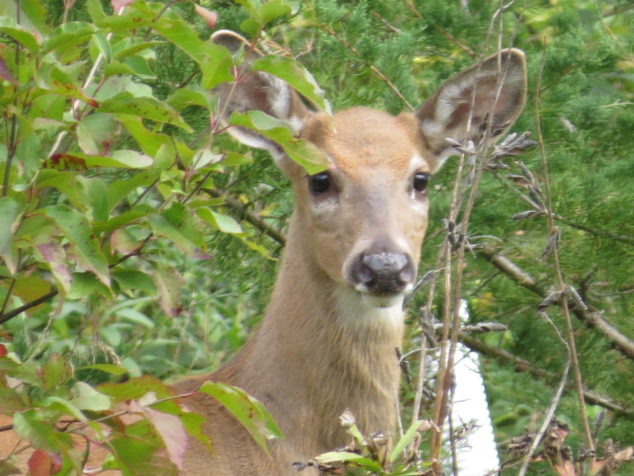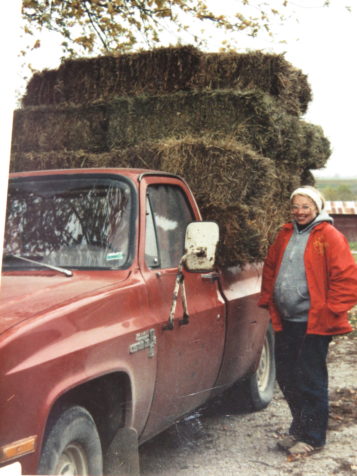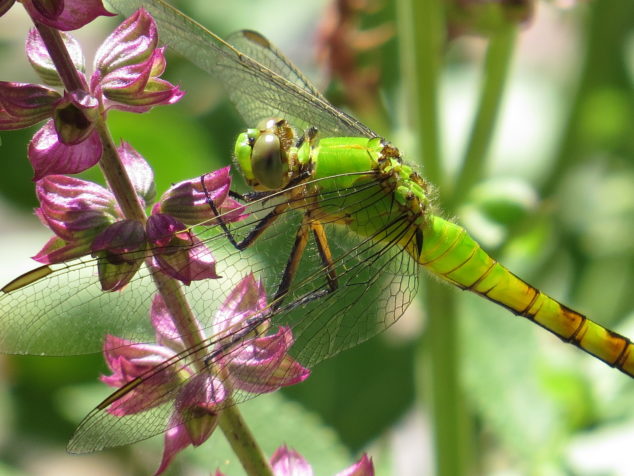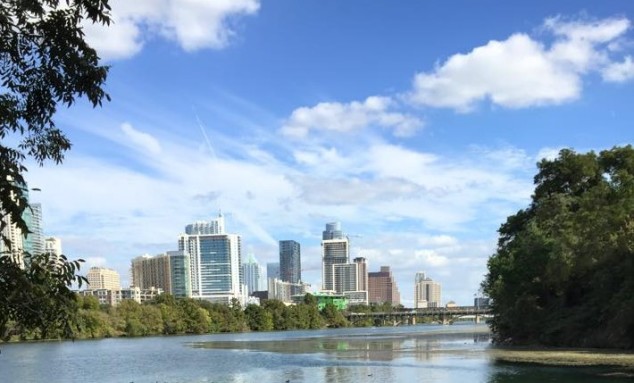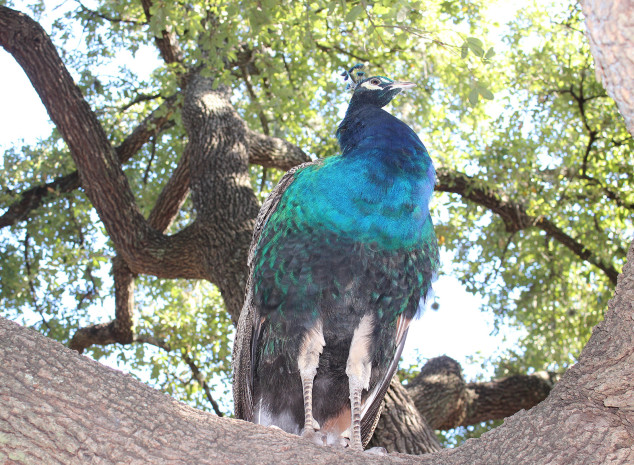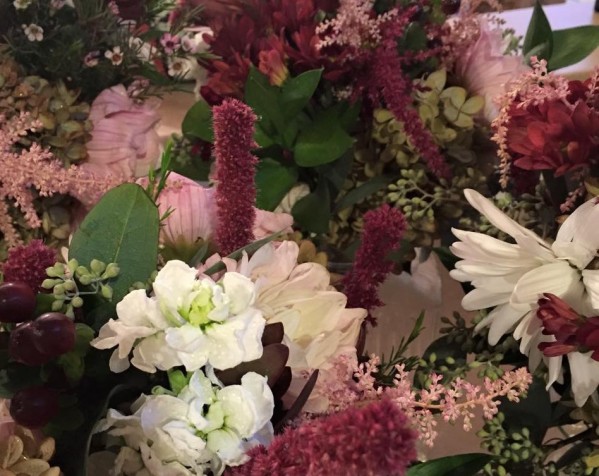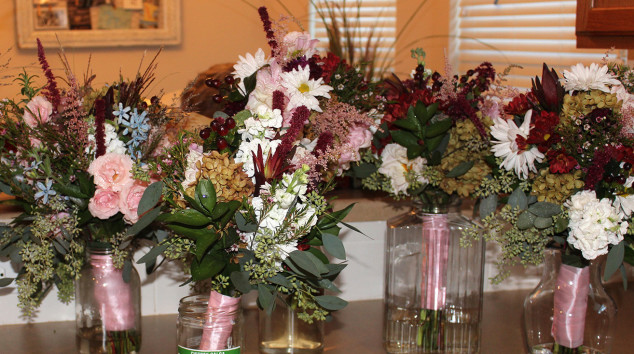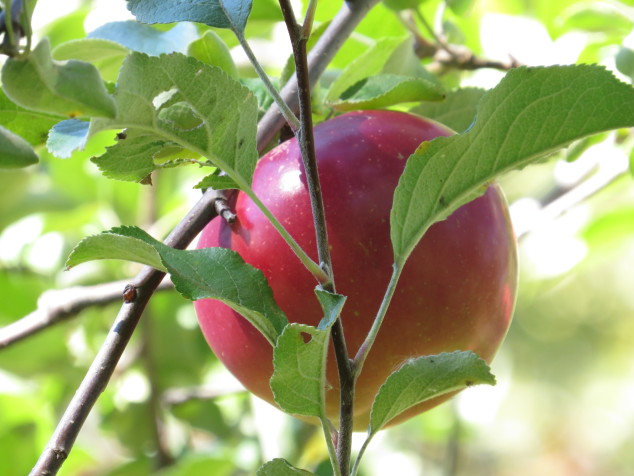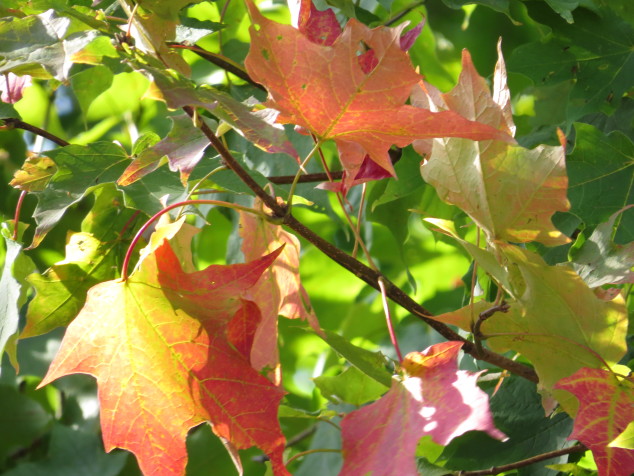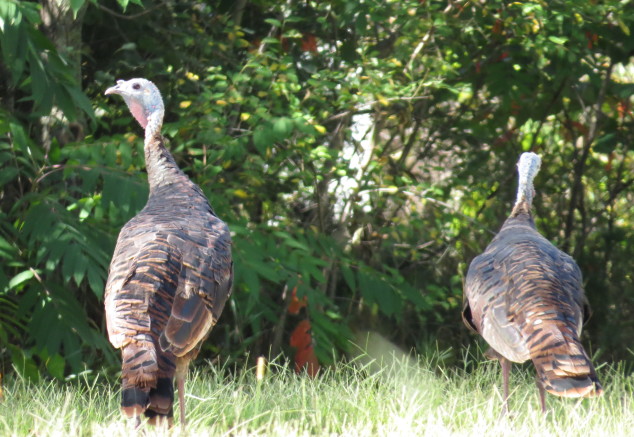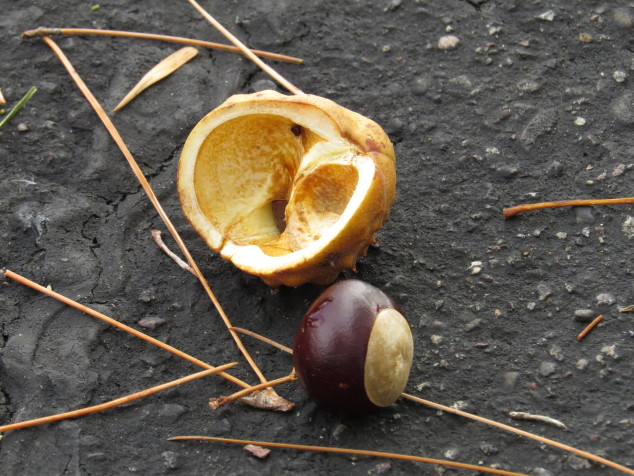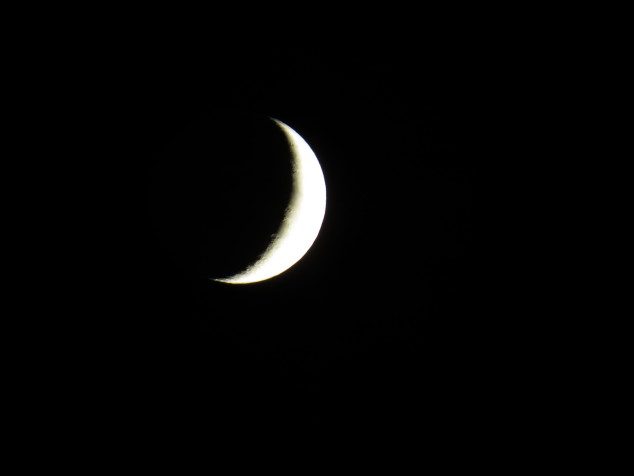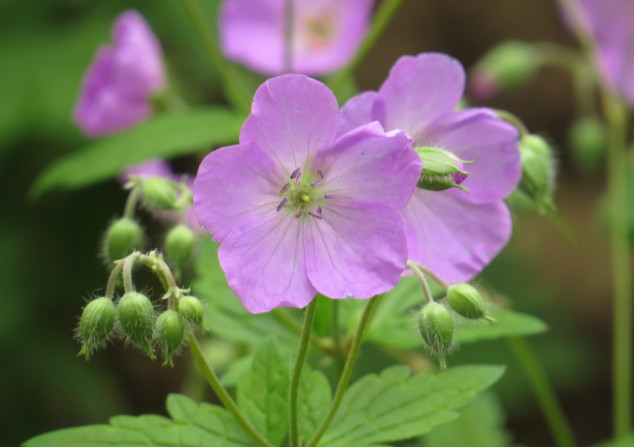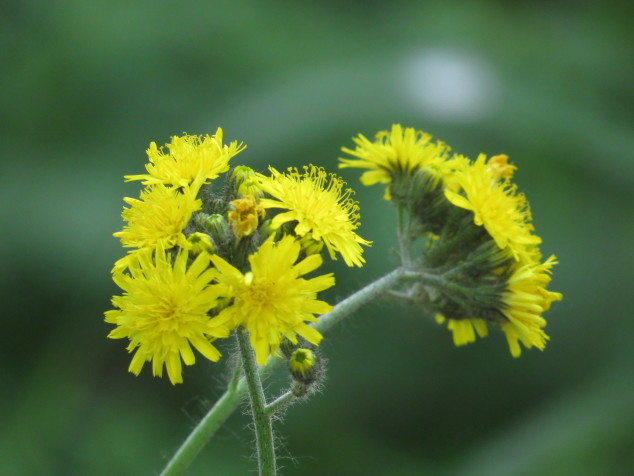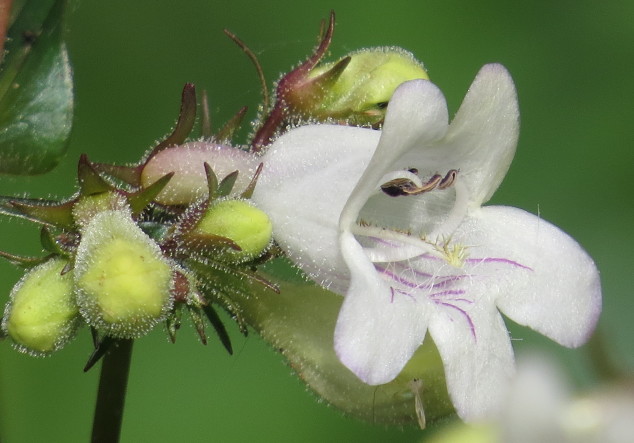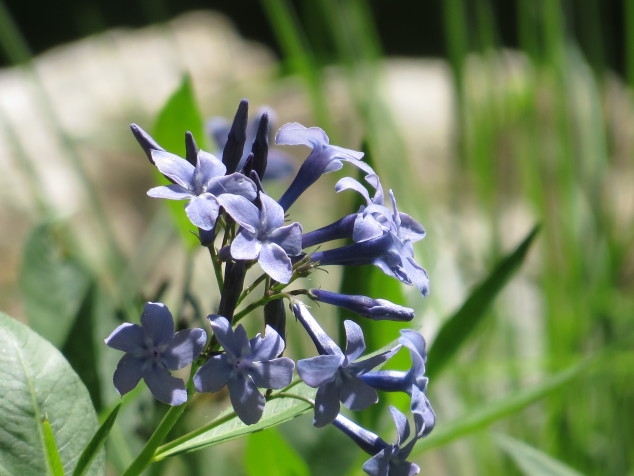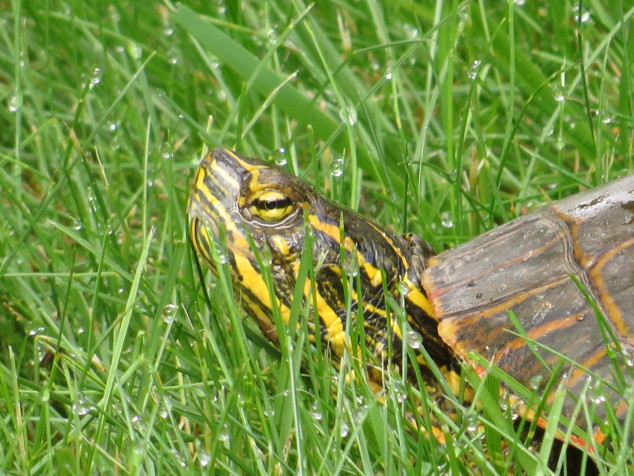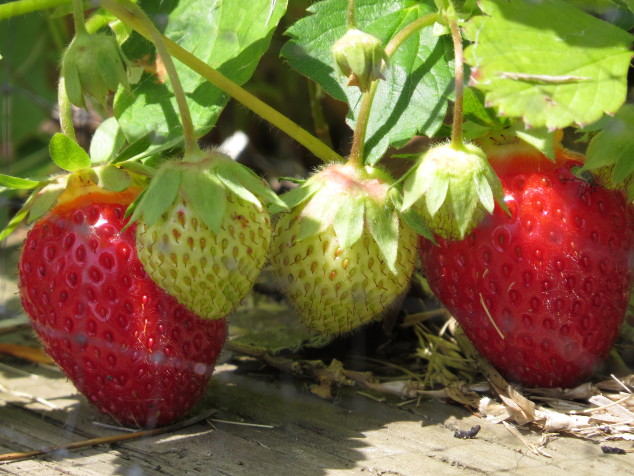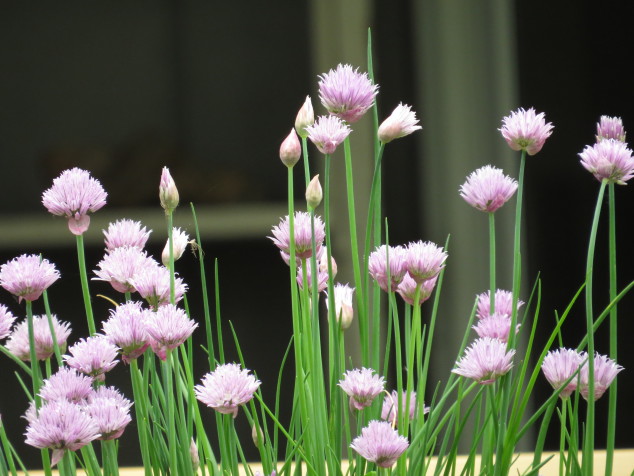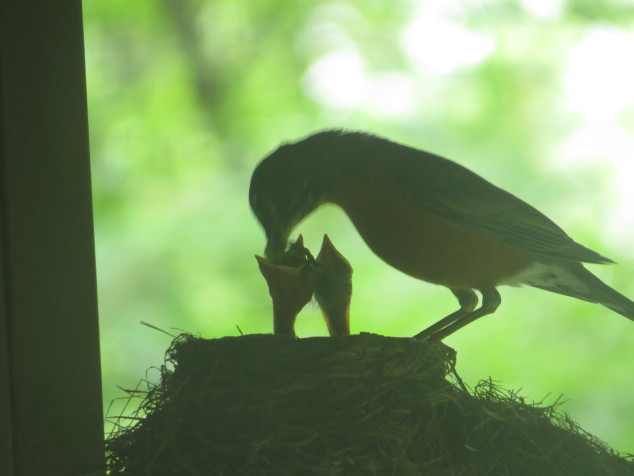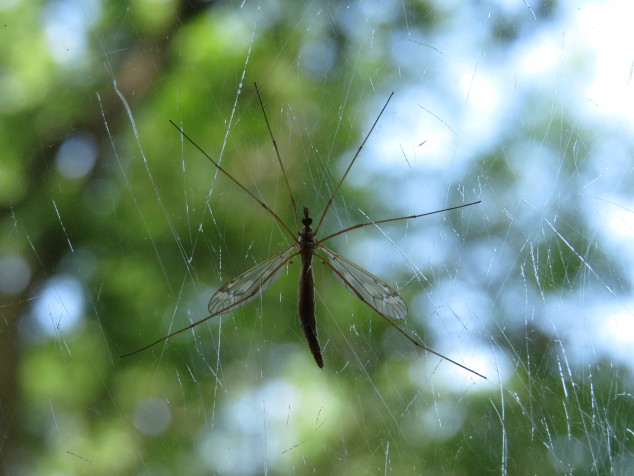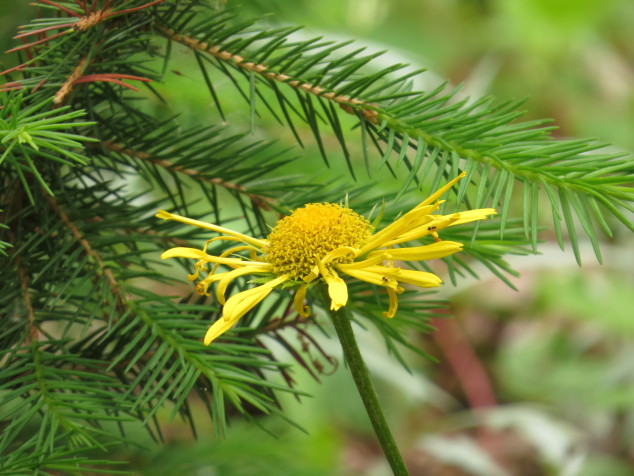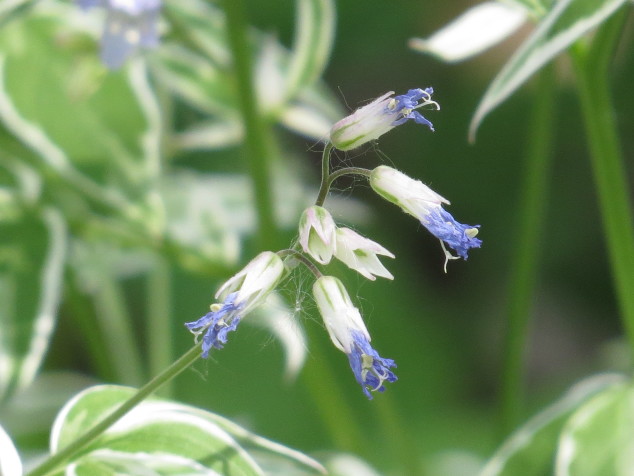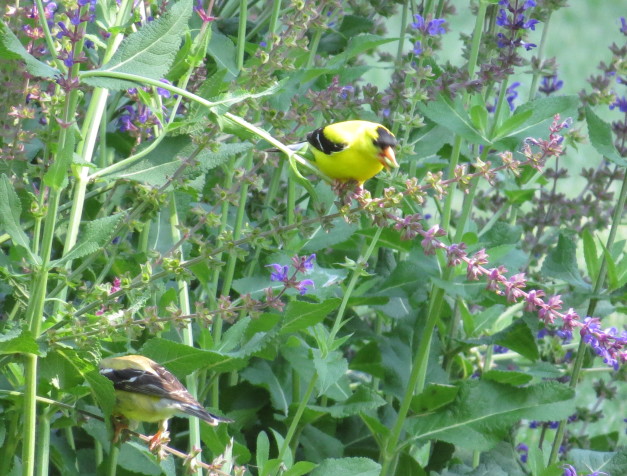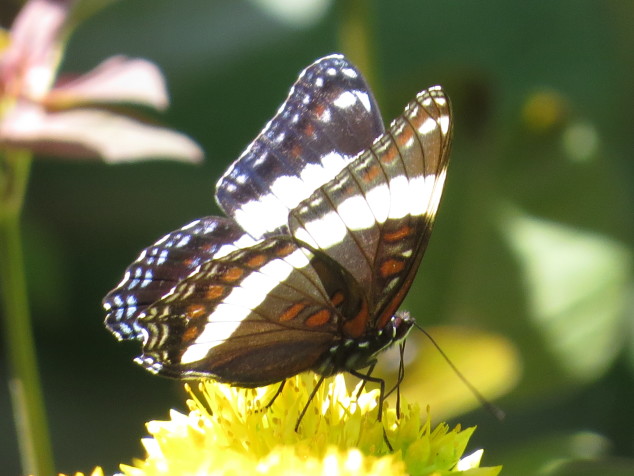As I explained in last week’s post, I was making a bee-line for the bog when we hiked the ‘Touch the Earth’ trail at Mille Lacs Kathio State Park. It was what I was anticipating in my head and needing for my spirit. But with camera in hand, I was stopped almost immediately on the trail by the presence of a Large-flowered Trillium. Trillium literally means ‘three-parted lily’ as the three white flower petals rise from a whorl of three deeply-veined leaves. It is a spring ephemeral woodland flower that blooms while sunlight still reaches the woodland floor. It is an interesting flower, protected from picking in the state of Minnesota, but unfortunately not protected from herds of white-tailed deer that can kill a colony of the fragile plants by browsing. Ants are the major source of seed dispersal, taking the fruits to their underground homes for eating then leaving the seeds. It can be several years from seed germination to flowering for these long-lived, slow-maturing perennials.
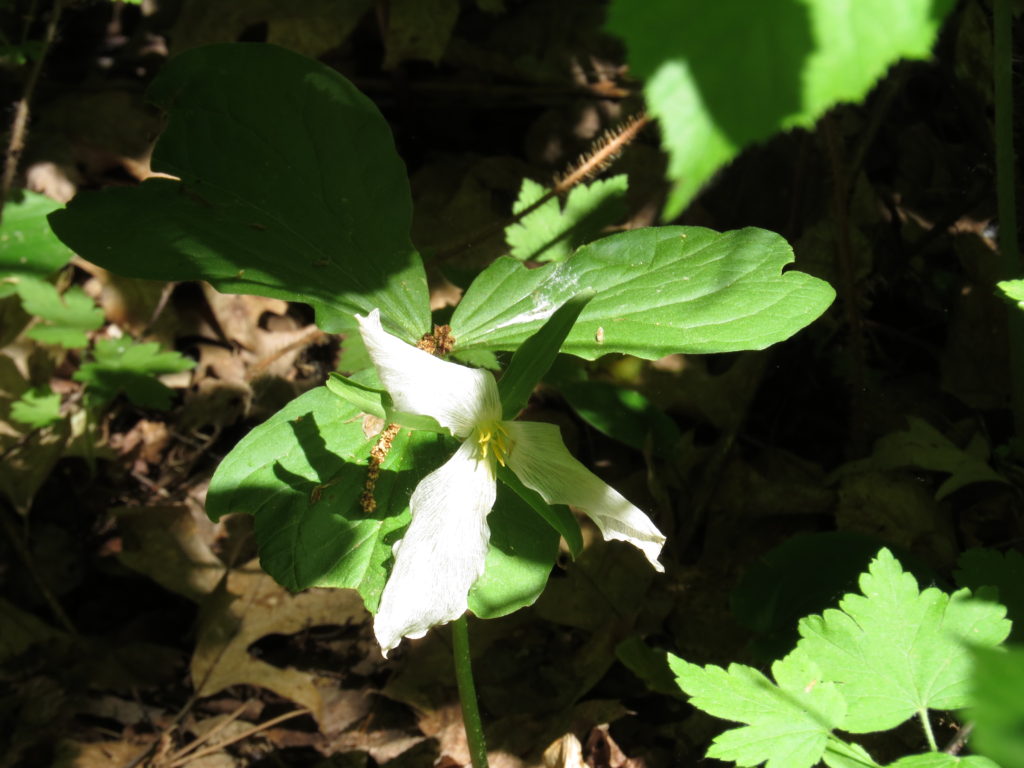
After pollination and as the flower ages, it turns a rosy pink color. Like many of the Spring Ephemerals, the foliage often dies back in the heat of summer.
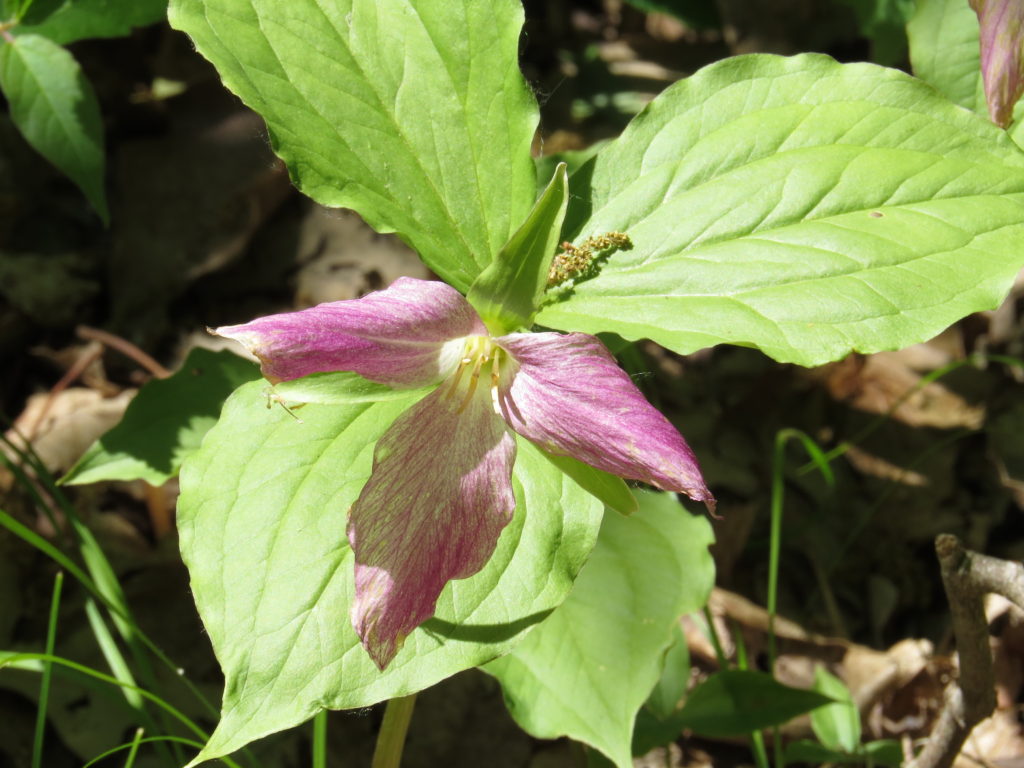
Another tri-leaved flowering plant blended in with the surrounding greenery—the unusually-flowered Jack-in-the-Pulpit.
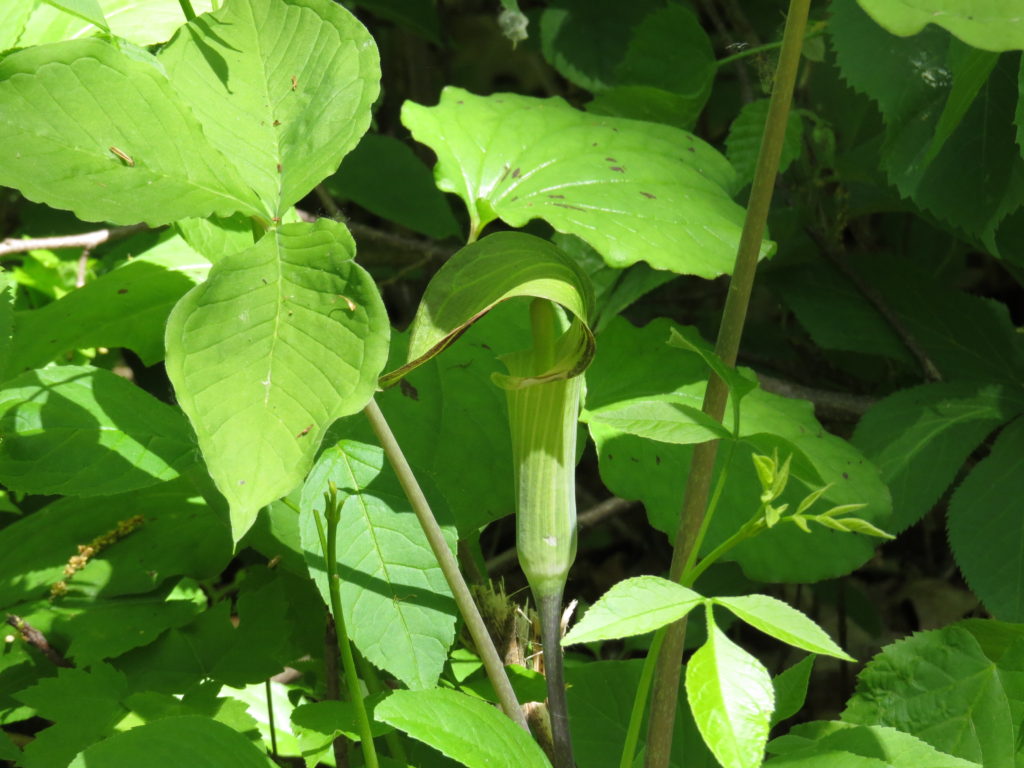
The Starflower plant has 6-8 petals and a whorl of 5-9 leaves, most commonly 7 for both.
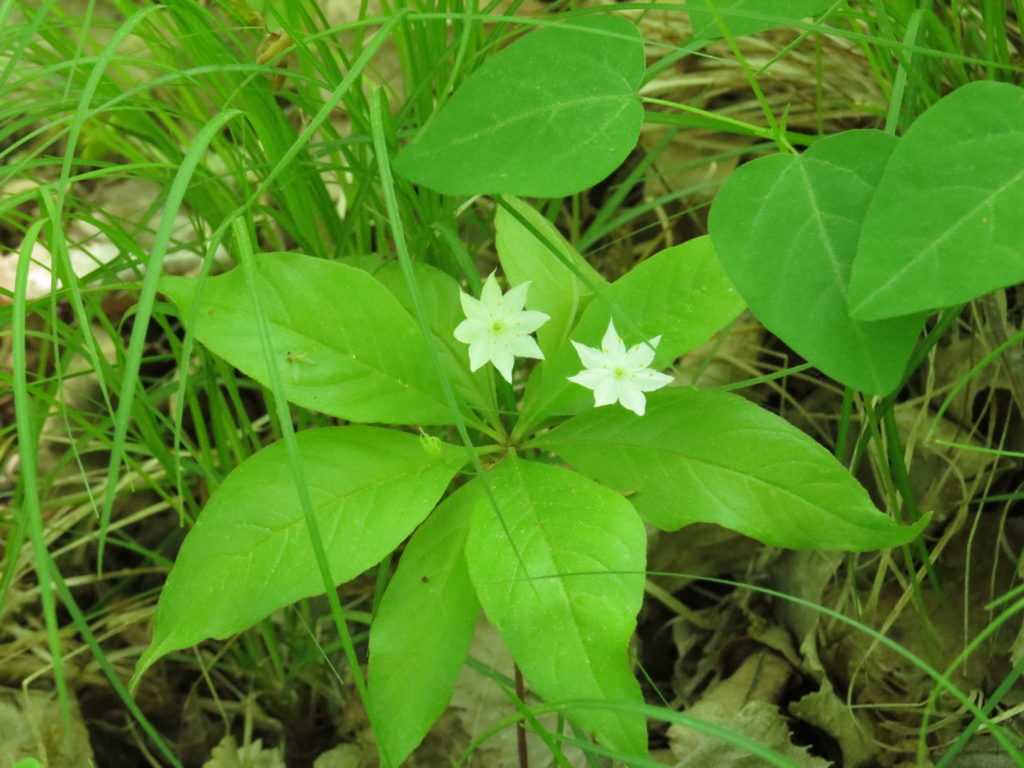
The adaptable Columbine seem extravagant and showy in color and form as the nodding flower heads brighten the trail.
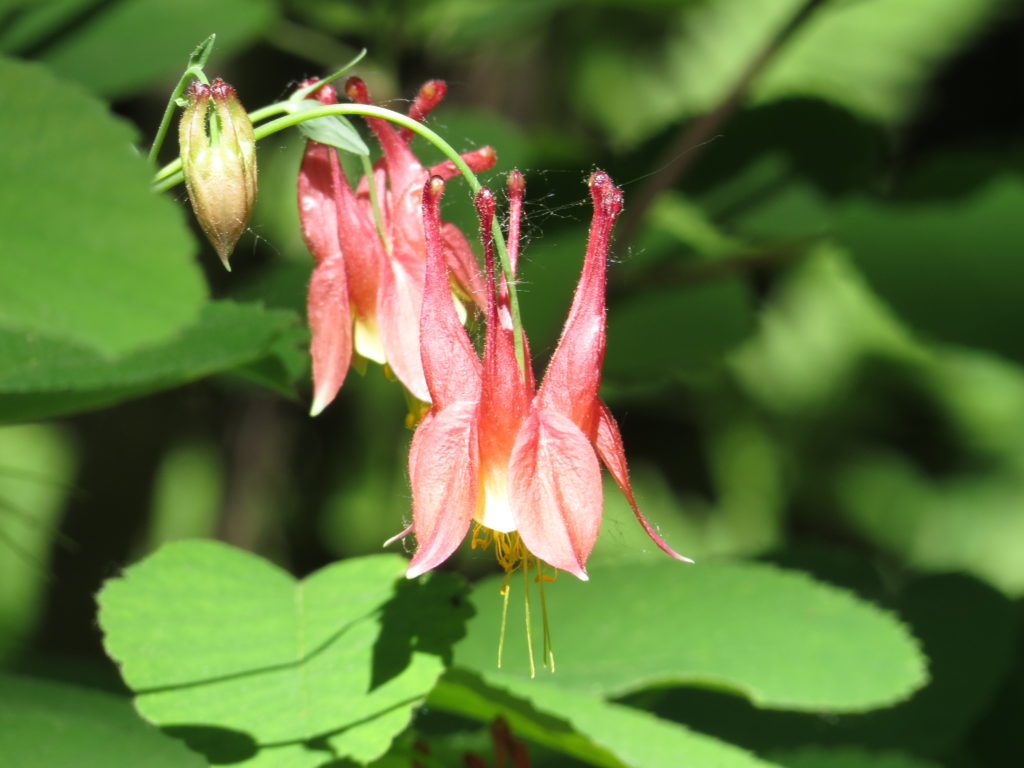
After such a rainy Spring, the bog wasn’t the only soggy place in the woods. Ferns and other plants who like wet feet were tall and vibrant with the abundant moisture.
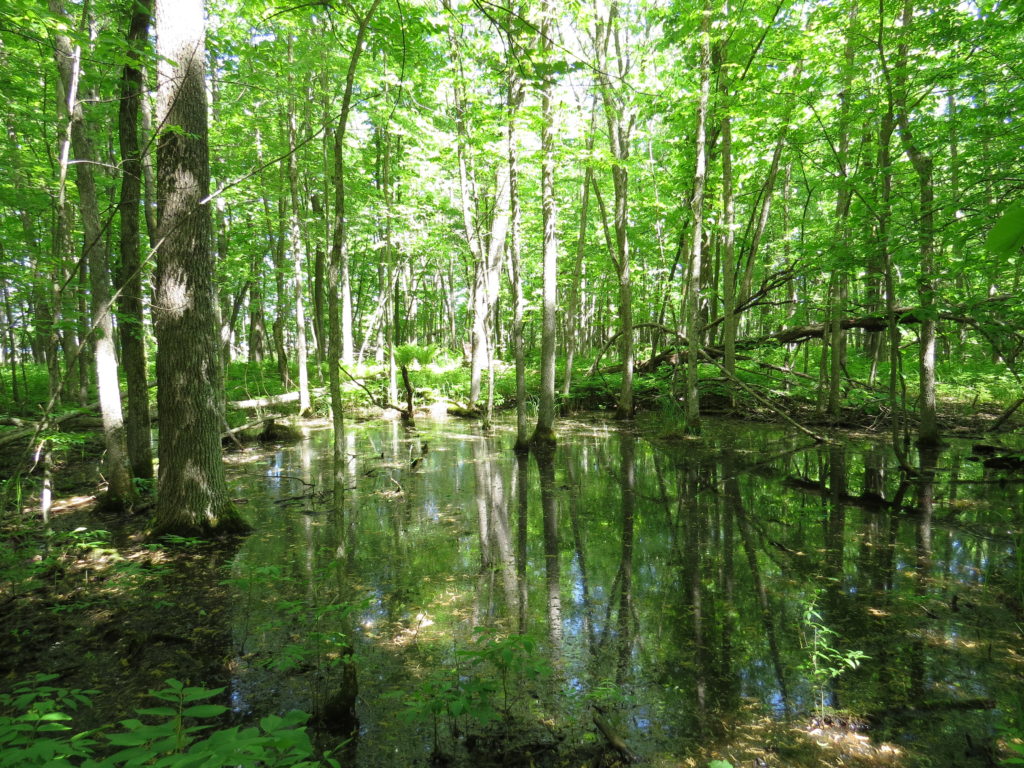
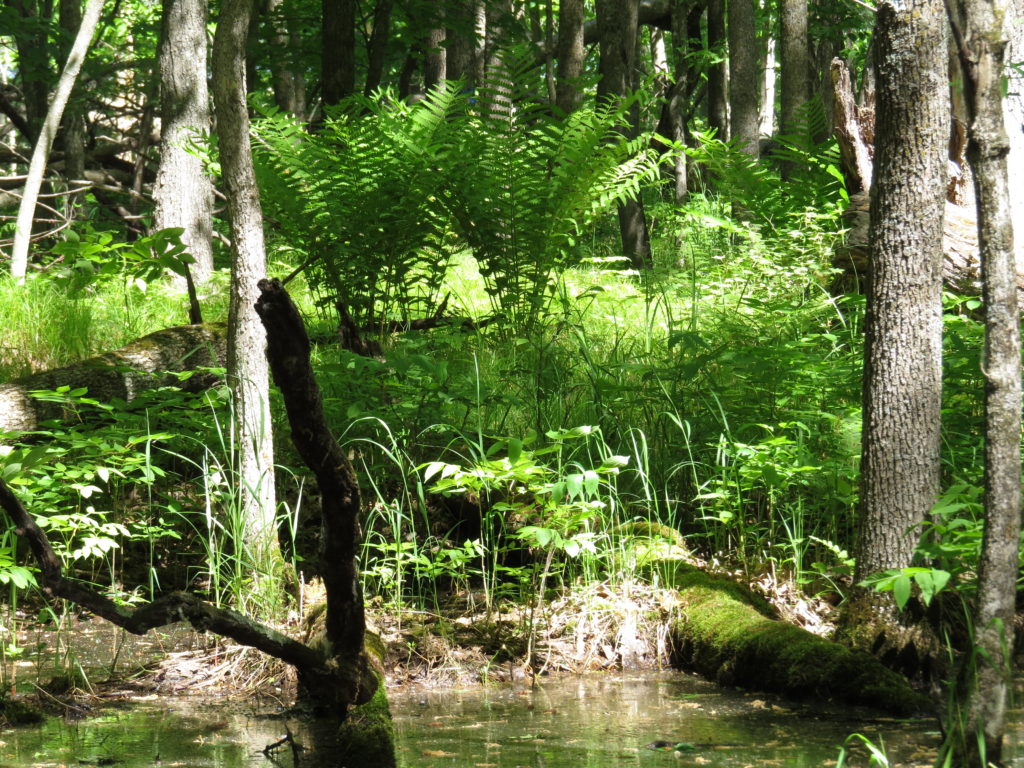
Lavender-pink Wild Geraniums spread little carpets of color along the trail and deep into the woods.
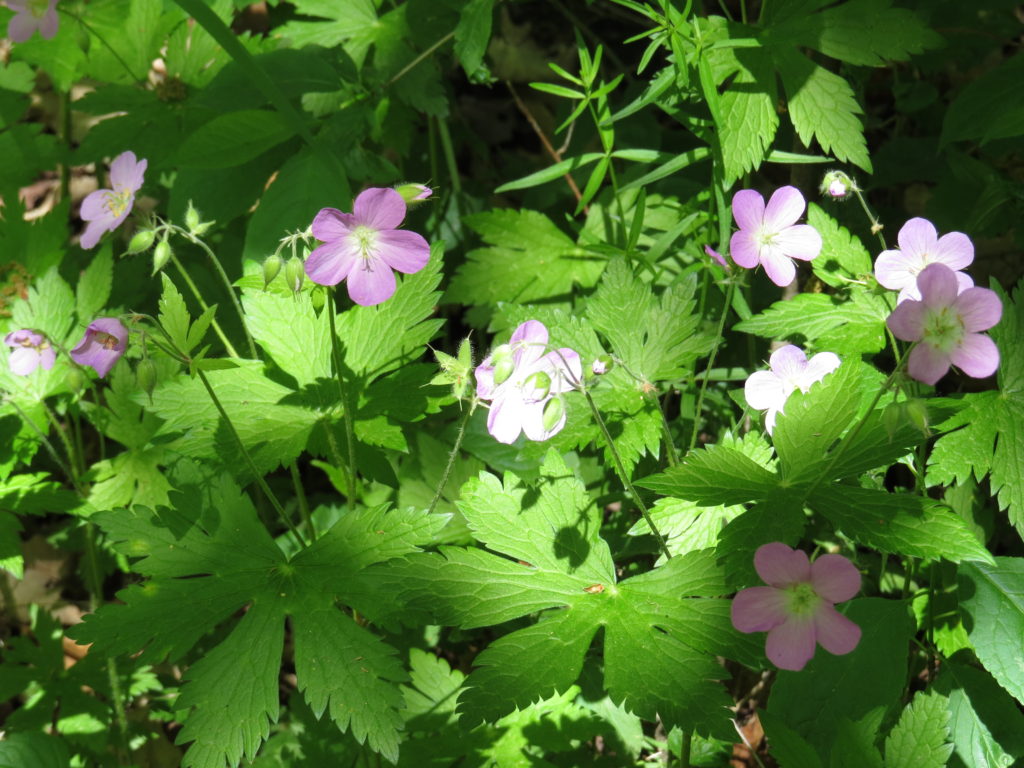
A young Meadow Rue plant caught my attention—no flowers, no bright colors or extravagant form, but a green, flat table-top of foliage in the dappled sunshine.
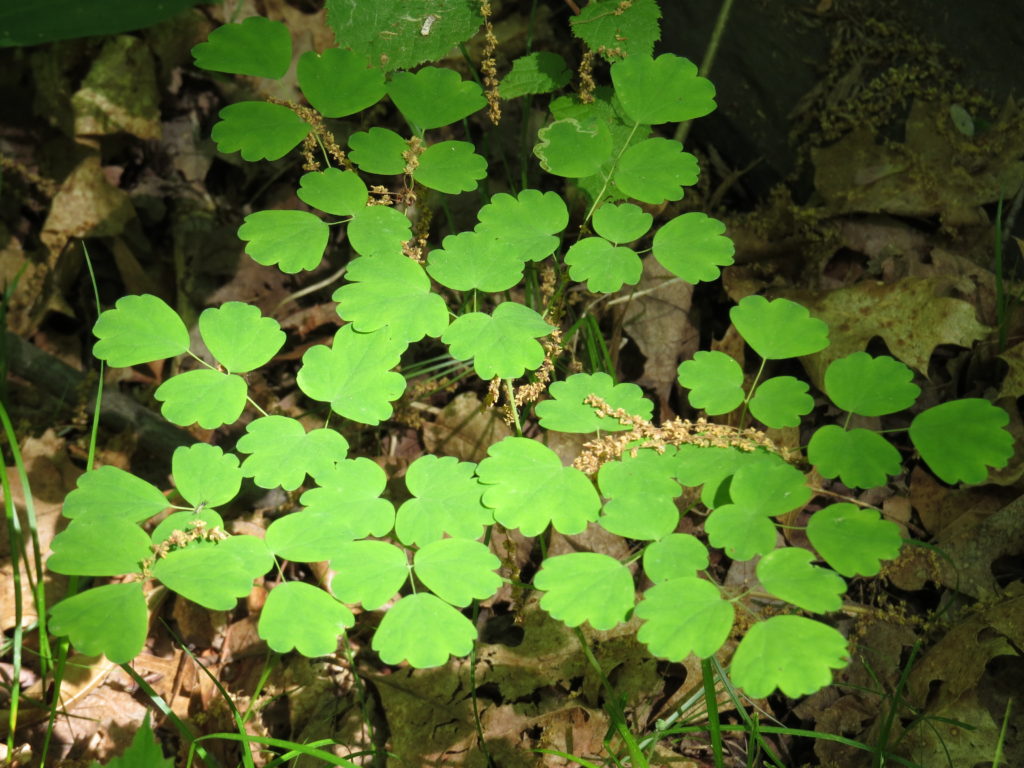
A toad, still using his camouflage coat to hide from sight, was one of the few critters we saw on our hike.

A bright, white line of light shone on a meadow of grass that had gone to seed.
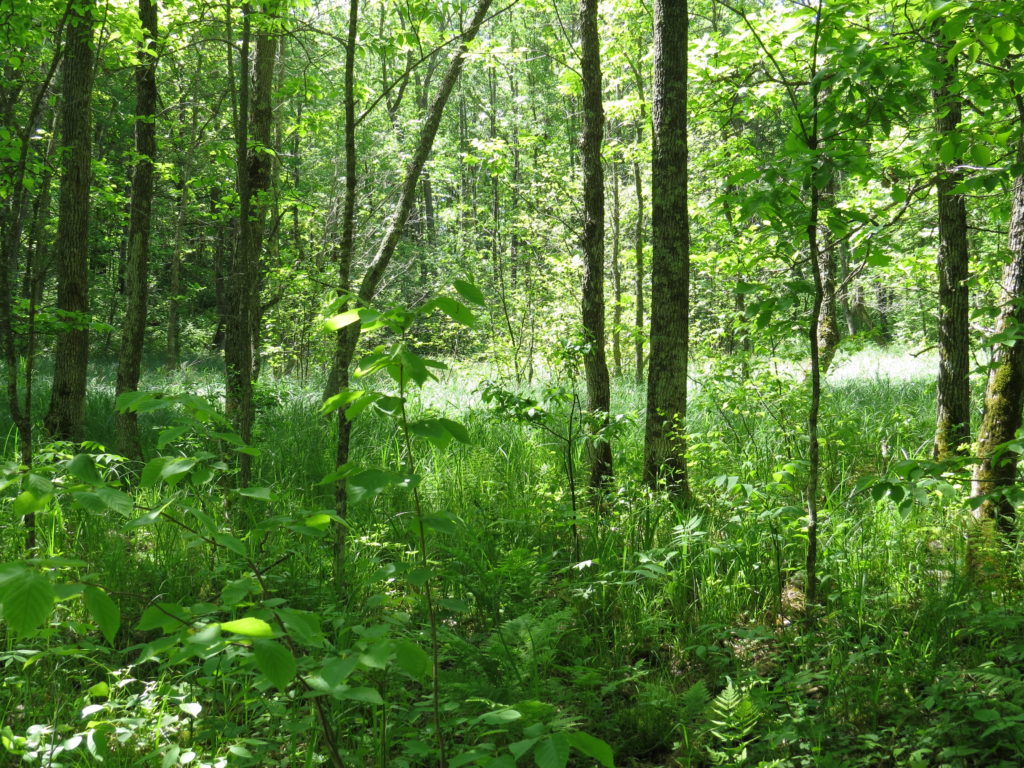
After our meander of the bog boardwalk and the treasures that presented themselves, I felt myself shift and settle down a bit. The landscape shifted some, too. One of the most interesting ferns was the Cinnamon Fern. The thick spikes of green fruit dots—the fertile fronds—will turn to a rich, cinnamon brown color as the sterile fronds surround them in a vase-like shape.
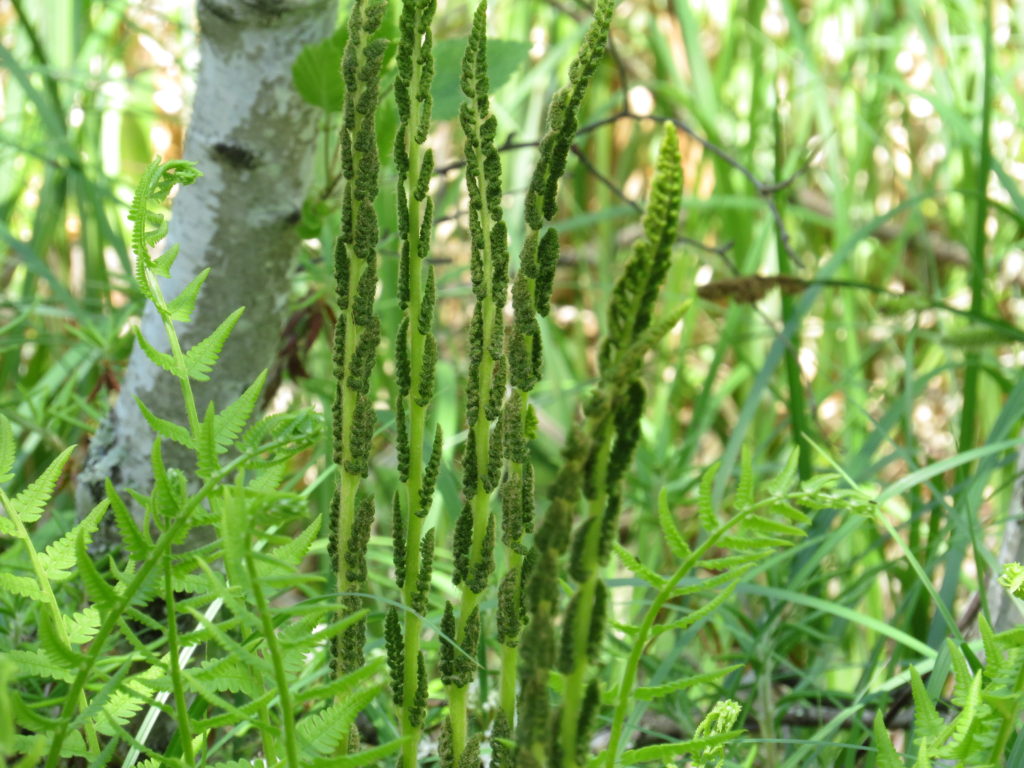
In a sunny area around the bog was a stand of Willows that had flowered and gone to seed. The cottony seedheads were like sparklers of light.
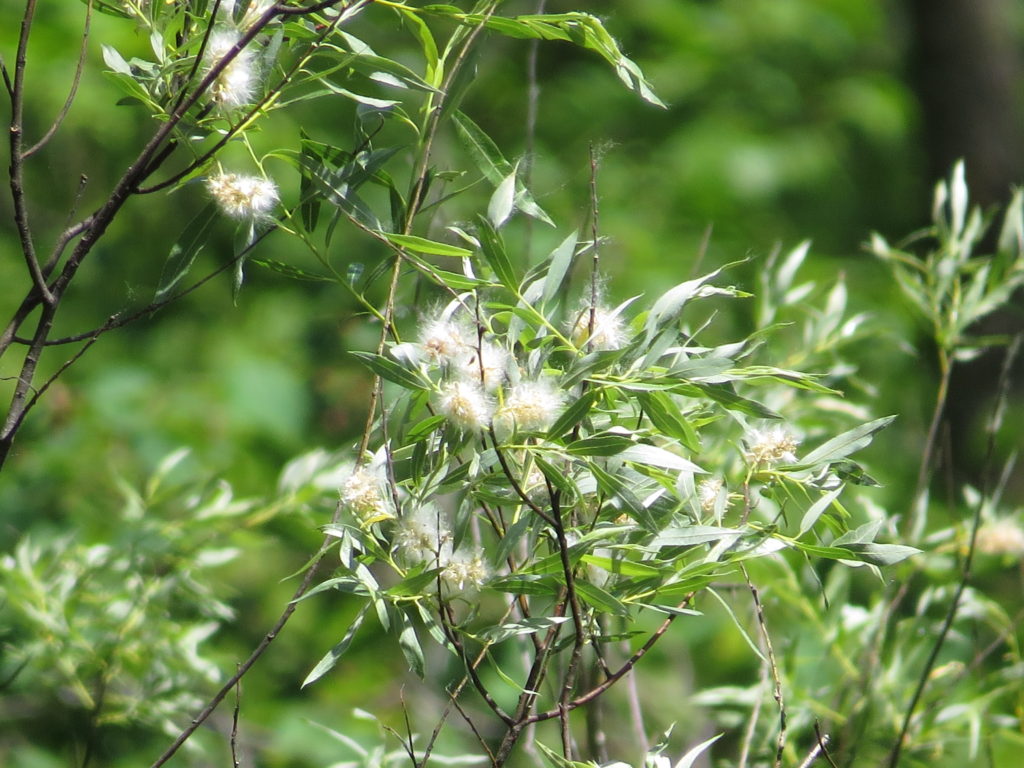
Gooseberry bushes were setting fruit—green striped berries that will ripen to reddish-purple.

We walked through a section of soothing Pine forest where the path is covered in fragrant, brown needles. The ‘Touch the Earth’ trail offered a sampling of many types of ecosystems.
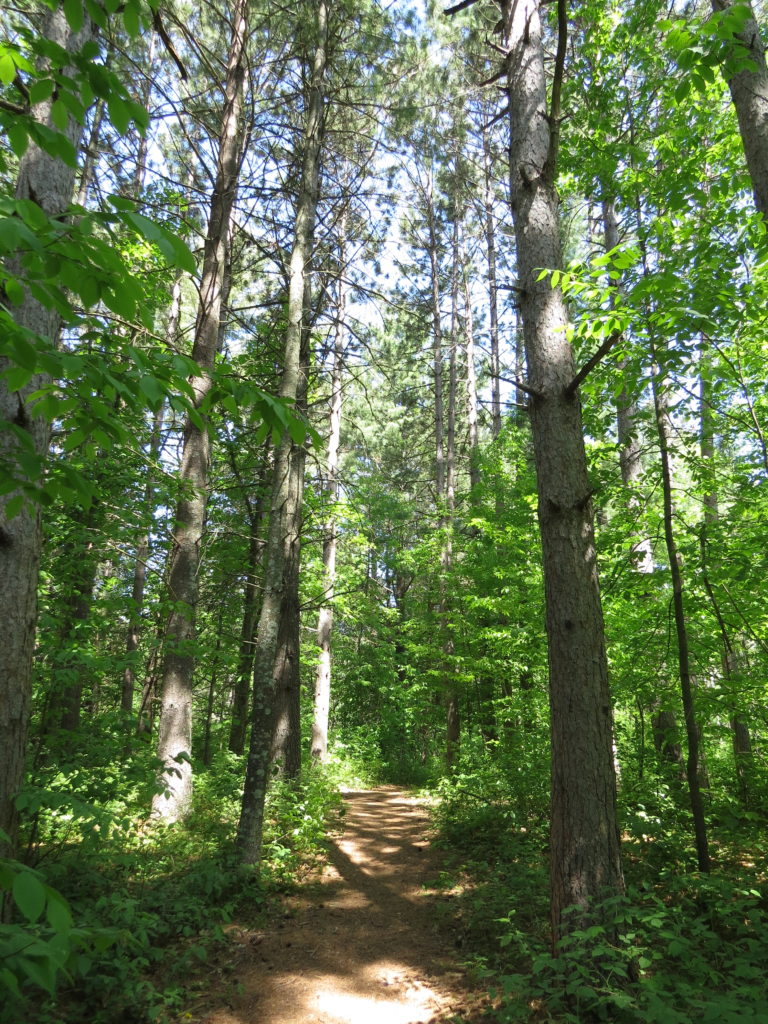
We saw many Dragonflies on the after-bog trail. They were gently, quietly flying from one branch or stem to the next. Their iridescent wings and large eyes make them look like little sprites flitting through the greenery.
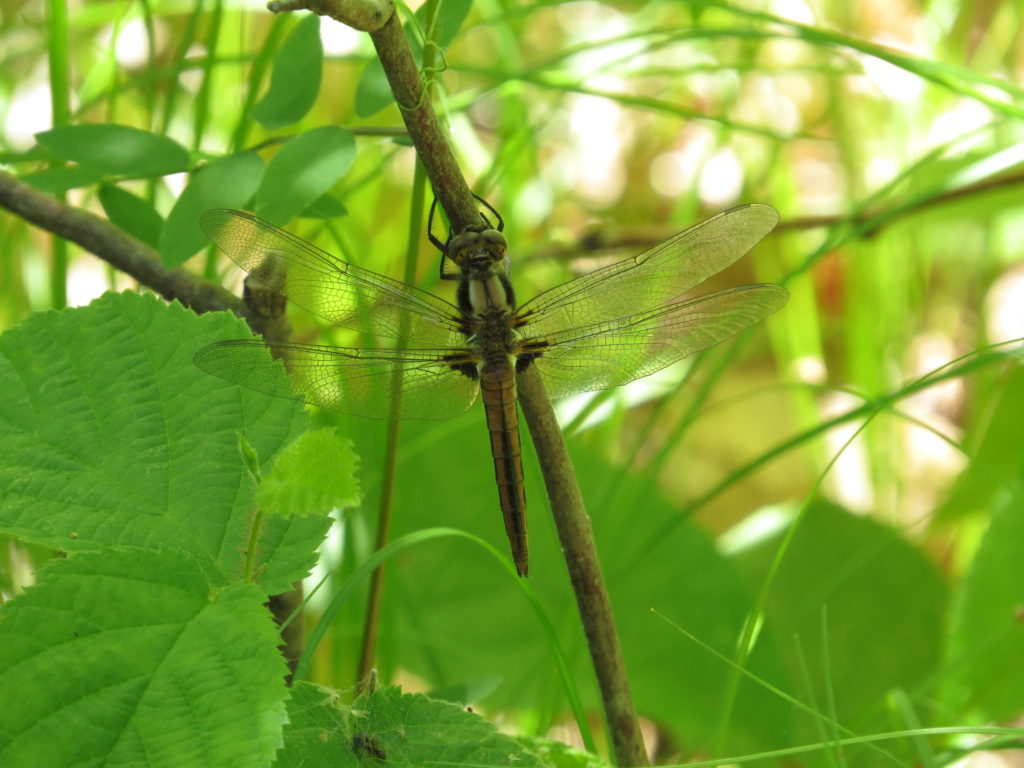
There is something that happens when we have our eyes and hearts set on a certain destination, when we single-mindedly want what we want. We often are rewarded with ‘the good stuff’ that we have anticipated. But sometimes, we are not. We get to our ‘destination,’ and the thing we desire is not there for us or circumstances have changed in such a way that our original plan is now defunct. Now what?! Often we despair, get stuck, don’t know which way to go from there. One mistake we tend to make during that bee-line journey is not paying attention to the details on the pathway to our destination. We overlook plants, people, intuitions, time, warning signs, and/or experiences that potentially have meaning for us and that could have made a difference in the trajectory of our journey. We can learn from the Dragonfly.
The Dragonfly symbolizes change, adaptability, light (joy and lightness of being), transformation, and emotions. They can move in all six directions, changing their flight pattern in their search for food or rest. They spend most of their life cycle in the water, which symbolizes emotions and the unconscious. But they also transform and adapt to land and air. Their iridescent wings can display different colors depending on the angles and polarization of the light striking them. Their large eyes represent clear vision of reality, removal of self-created illusions, and wariness of deceit. All in all, they represent mental and emotional maturity—what we all need in order to make the changes to reach our full potential as human beings. In our three-parted lives of mind, body, and spirit, we have the opportunity to grow and learn to move along with the ease of a Dragonfly. It takes time and maturity, but we can become sparklers of Light!
